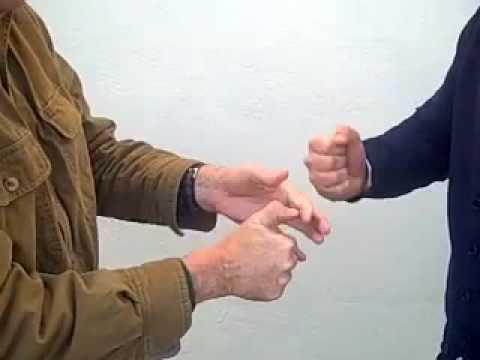The secret handshake.
For years this covert means of greeting has enabled those on the inside of an organization to privately recognize one another, while ensuring that outsiders were not included.
While most teams do not have a literal secret handshake, many have unknowingly adopted practices that are just as secretive, and just as mystifying to those not in the inner circle.
The problem is, where secret handshakes are allowed to exist, they lead to division, mistrust, and lack of alignment between those on the ‘inside’, and those on the outside.
For the sake of a healthy culture, it’s up to leaders to identify and eliminate these practices. So what are these secret handshakes?
1. The Conversational Secret Handshake
After a while just about every team will develop their own verbal shorthand. Teams, projects and plans will be given nicknames that all of the old-timers will quickly recognize.
And these names will be utterly mystifying to anyone new to the team.
Keep an ear open for jargon that no newcomer would ever be able to decipher. And if necessary, eliminate it.
2. The Operational Secret Handshake
On my first day on the job at a place I once worked, I showed up at the stated start time, only to discover that everyone had already been there for 30 minutes.
Later a teammate confided, “On Mondays we come in early and have breakfast together.”
It would have been nice if someone had told me that.
Instead, the organization had incorporated an operational secret handshake. Only insiders and old-timers would know about the breakfast.
Leaders must identify these secret handshakes and eliminate them.
3. The Historical Secret Handshake
This secret handshake can show up in two ways. Sometimes it’s the water cooler chatter about the good ol’ days. At other times it appears when a newcomer suggests an idea or initiative, and a team veteran responds with, “Oh, we’ve tried that before…Didn’t work…”
Either way, newcomers find themselves on the outside of the circle.
Leaders who want a healthy environment. need to weed these out of the culture.
You’ll never completely remove these elements from your team. But healthy cultures must be inclusive. They must be embrace the old-timers as much as the “newbies”.
And putting an end to the secret handshakes that might pop up is a good place to start.


